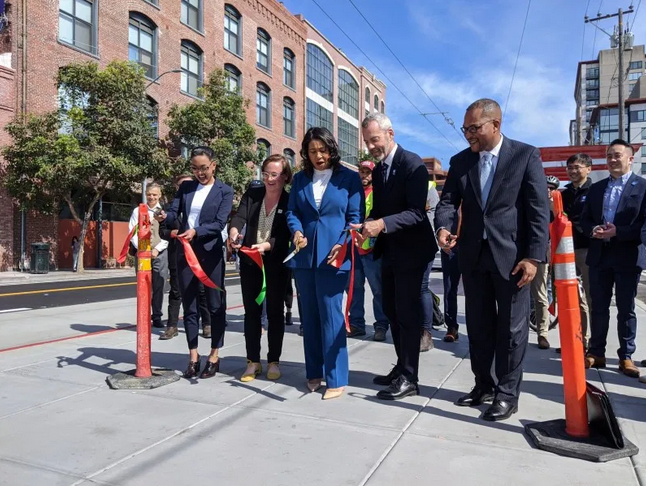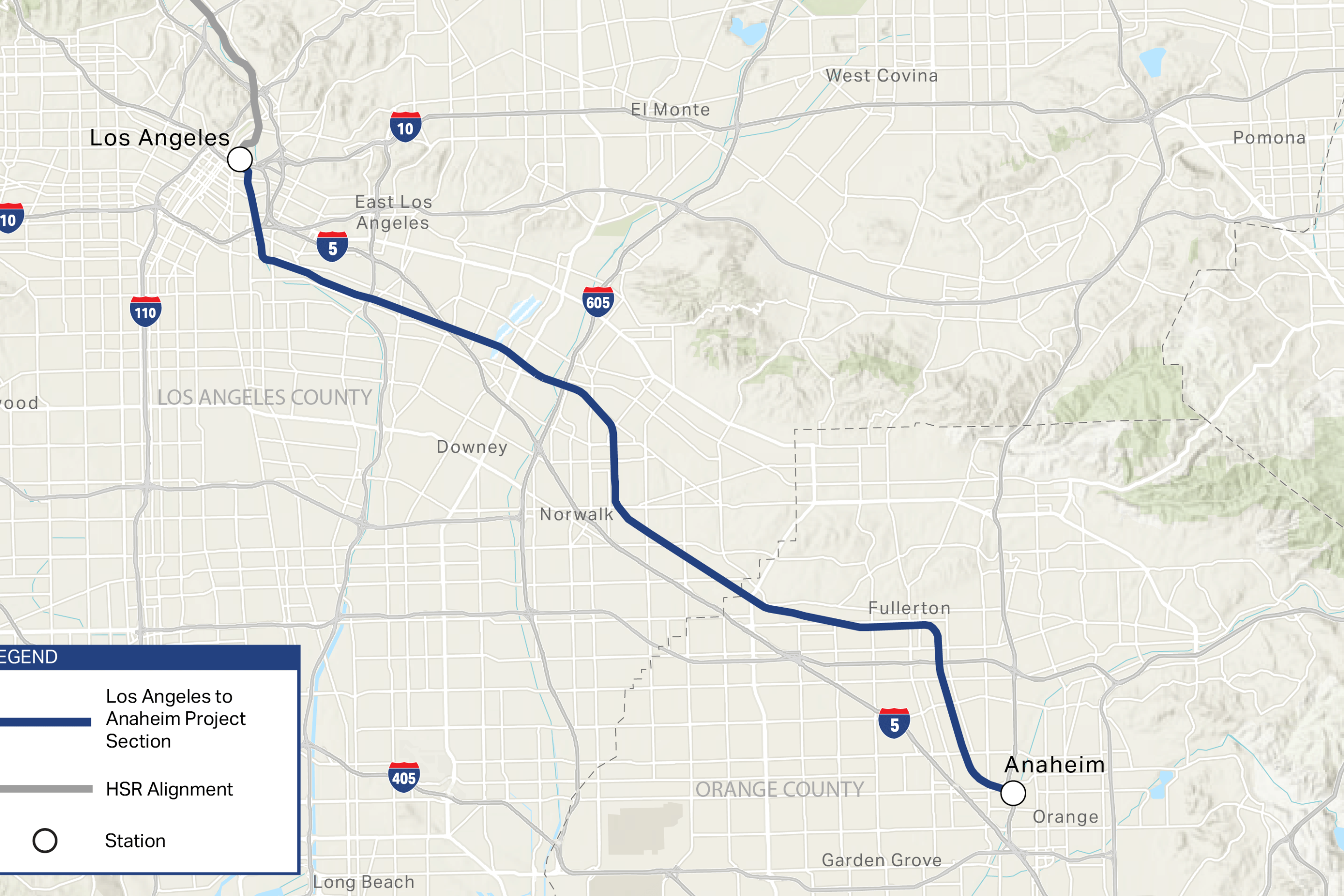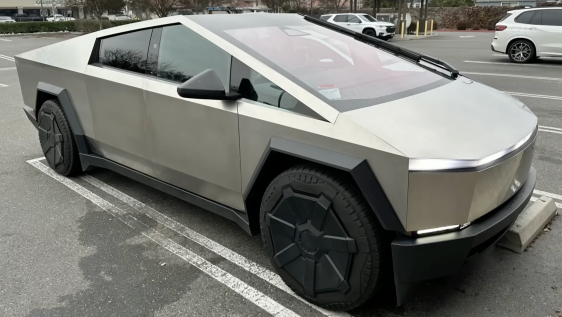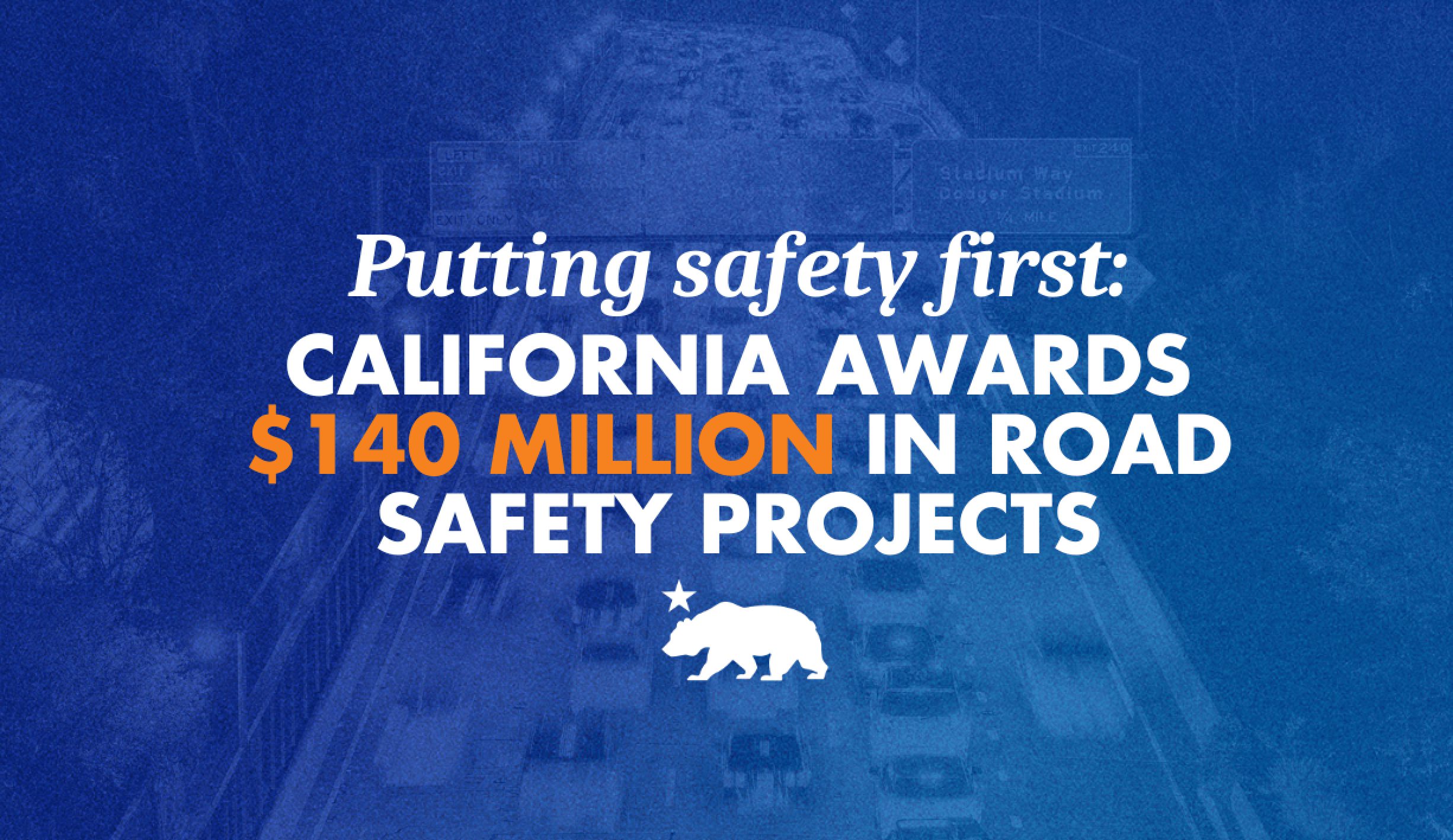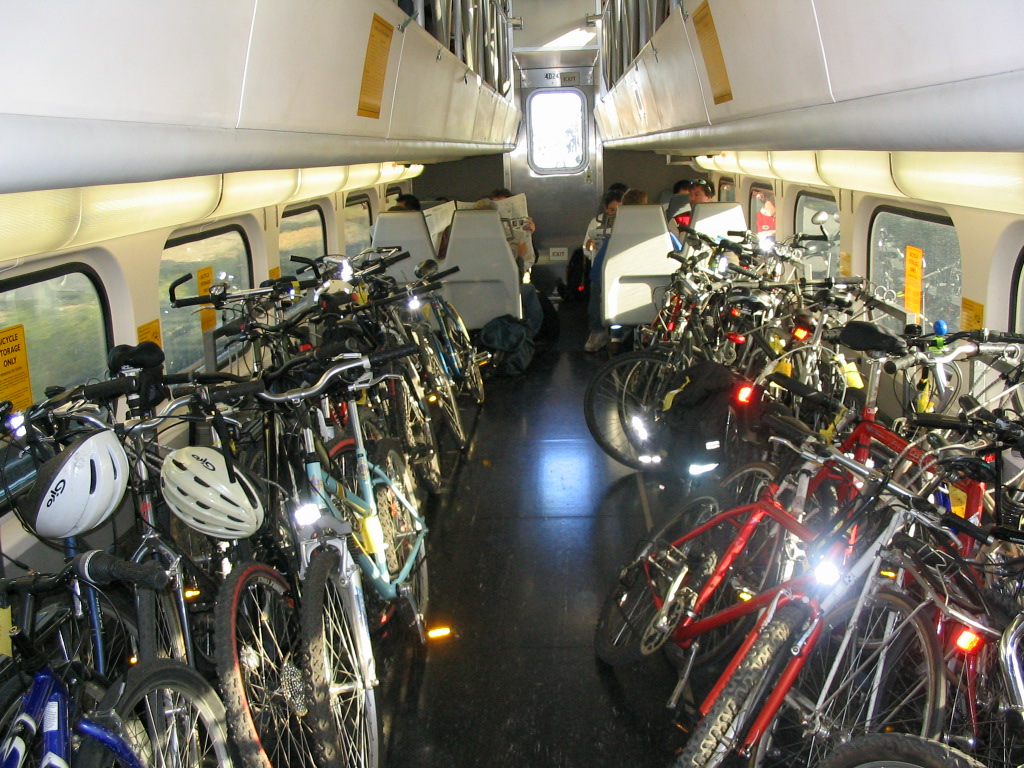Note: GJEL Accident Attorneys regularly sponsors coverage on Streetsblog San Francisco and Streetsblog California. Unless noted in the story, GJEL Accident Attorneys is not consulted for the content or editorial direction of the sponsored content.
Townsend Street, next to the Caltrain Depot, has been a hub of discord, confusion, and danger for years, with Ubers and Lyfts fighting for position with Muni buses, pedestrians, and cyclists. Finally this morning, after a hard-fought, years-long battle, advocates and officials cut the ribbon on a long-awaited safety project that has segregated the different modes and provided a level of safety and order for all.
“These improvements along Townsend Street make it safer and less chaotic for everyone, but especially if you are coming by bike—whether you are trying to catch Caltrain or are going to an office or an appointment,” said Mayor Breed, standing on a newly completed concrete loading island for cars and buses.
“We need to ensure bicycling is an attractive, safe, and accessible choice for residents and visitors alike," she added. "We’ve made rapid progress adding more protected bike lanes, and this project is an example of where we are truly starting to build a protected bicycle network, connecting the South of Market neighborhood to the rest of the City.”
For years, advocates have been fighting to get protected bike lanes on this stretch of Townsend. A project to do just that was quietly cancelled two years ago, ostensibly because the city will have to rip up the street again at some point to build a new track and tunnel between this location and the Salesforce Transit Center. But advocates fought successfully to get at least some version of the project reinstated. "Townsend is one of the most important streets in SoMa," said SFBC organizer Claire Amable, who spoke at the event. "Former Supervisor Jane Kim led the push to make sure the city didn't drop the ball."
"The Downtown Extension has been right around the corner for 110 years," said SFMTA Director Jeffrey Tumlin to Streetsblog. "It will rip all this up," he added, motioning to the newly installed boarding island and fresh asphalt. The challenge, he said, was to "fix the important problems in a way that's fast and affordable."
Our Townsend St "quick"-build project covers all modes:
— Jeffrey Tumlin 🏳️🌈 (@jeffreytumlin) March 10, 2020
Caltrain
Light rail (to Central Subway)
Muni and regional buses
Pedestrians
Bikes and scooters
Taxis
Ridehail https://t.co/yVwn7YS6Sc
One of the most obvious ways SFMTA and Public Works did this was by working around existing poles, so they wouldn't have to be moved or replaced at great expense, which Tumlin told Streetsblog would cost an additional $5 million (the total project cost is $3.3 million). He praised the city engineers for getting the safety infrastructure in place without upsetting utilities. "I hope this is a pilot for more intensive years of quick build projects."
Unfortunately, there are some shortcuts that are less than ideal. In the westbound direction, Townsend's bike lanes still aren't protected in front of the post office and Ana Furniture, as seen below. And the intersections are still unprotected, except at one corner of Townsend and 7th.
Tumlin said additional work is still underway on the north side of the street. An SFMTA spokesperson said further improvements should be completed sometime next month.
That caveat aside, the flow of traffic, bikes, scooters, pedestrians and Muni buses is drastically improved over the bedlam that reigned just two years ago, as seen below:
For more reminders of what that was like, check out Streetsblog's story from 2018, which includes video of a confrontation between a safety advocate and an Uber driver.
